Published: 16 July 2025
Paweł Starzec receives prestigious international Photobook Grant
Author: Editorial Team
Vice-Dean for Student Affairs at the Faculty of Design in Warsaw and lecturer at the School of Form at SWPS University Dr. Paweł Starzec has been awarded the Hasselblad Foundation’s 2025 Photobook Grant. His powerful documentary project, Makeshift, focuses on sites of atrocities committed against civilians during the war in Bosnia and Herzegovina.

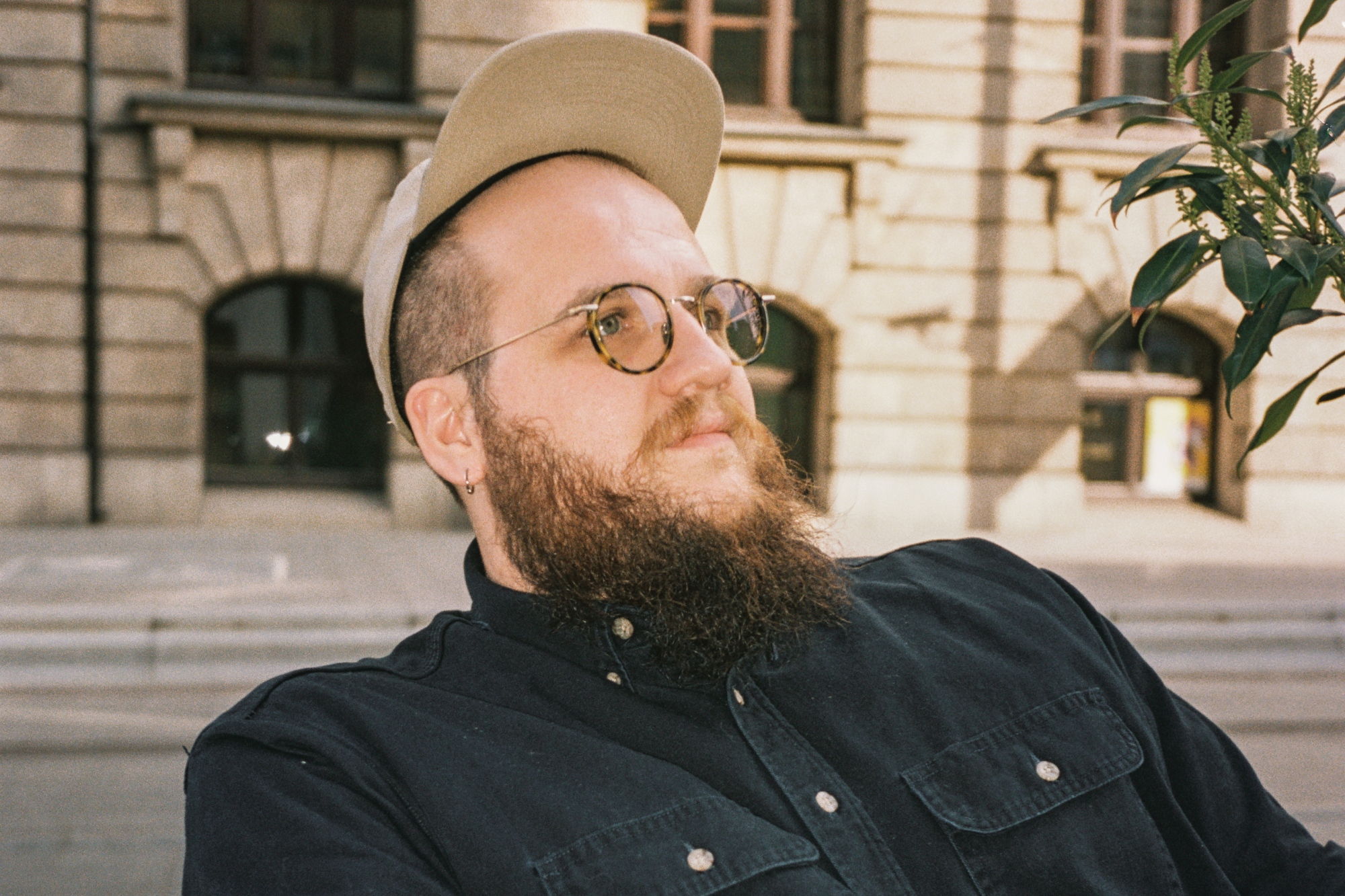
International recognition for School of Form lecturer
The Hasselblad Foundation, based in Sweden, sees the photobook as one of the most vital forms of expression in contemporary photography. Through its Photobook Grant, the foundation supports original projects that explore the relationship between image and narrative.
This year, the program took a new direction and opened up to artists from outside the Nordic countries. Two creators were selected from a global pool of applicants: Ting Bang Tsai from Taiwan and Dr. Paweł Starzec. Each received 100,000 SEK (approx. 8,800 EUR) to support their work.
Dr. Starzec’s award-winning project, Makeshift, is a photographic study of the traces of genocide in Bosnia and Herzegovina. The grant will fund the publication of the photobook, created in collaboration with designer Martyna Wyrzykowska.

The Hasselblad Foundation grant is absolutely crucial to the completion of a project I have been working on for almost eight years. This year marks 30 years since the Dayton Accords, which stopped the war, the traces of which this series focuses on—I think it is a good moment to sum up attempts to tell about places and events related to this conflict that are lesser known to the general public. This seems doubly important to me also in light of the current political situation in the region, and the cruelty of history repeating itself over and over.
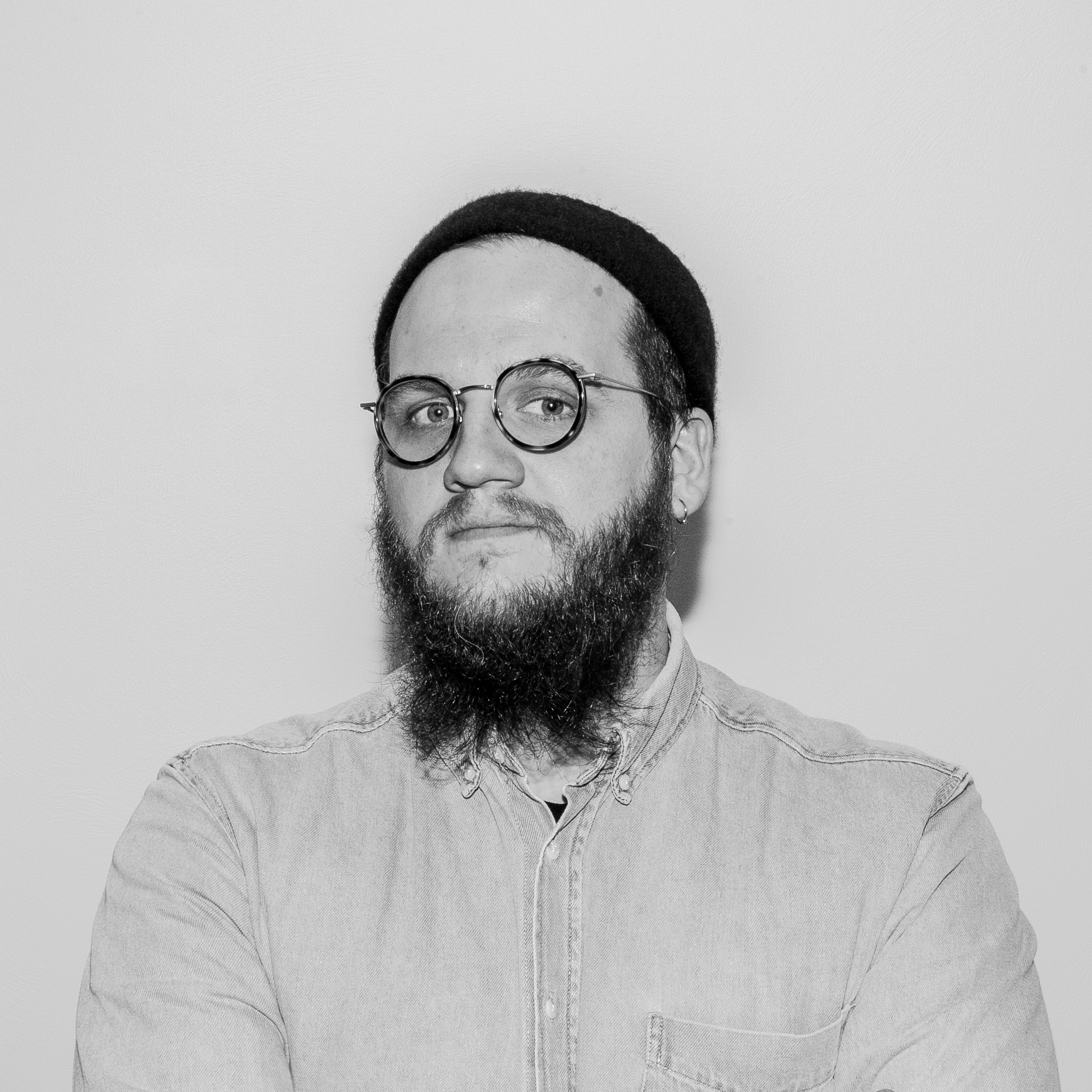
Paweł Starzec
Silence after war: Photography as a vessel of memory
At first glance, these are picturesque images of ordinary places—a winding river, a dusty country road, an empty room in an abandoned building. But each of them is a silent witness to brutal violence.
Makeshift documents spaces where, between 1992 and 1995, civilians were detained, tortured, raped, and murdered. After the war, many of the buildings where these crimes took place were returned to their former public uses. The physical traces of the conflict were erased—what remains lives in the archives and in the memories of local communities.
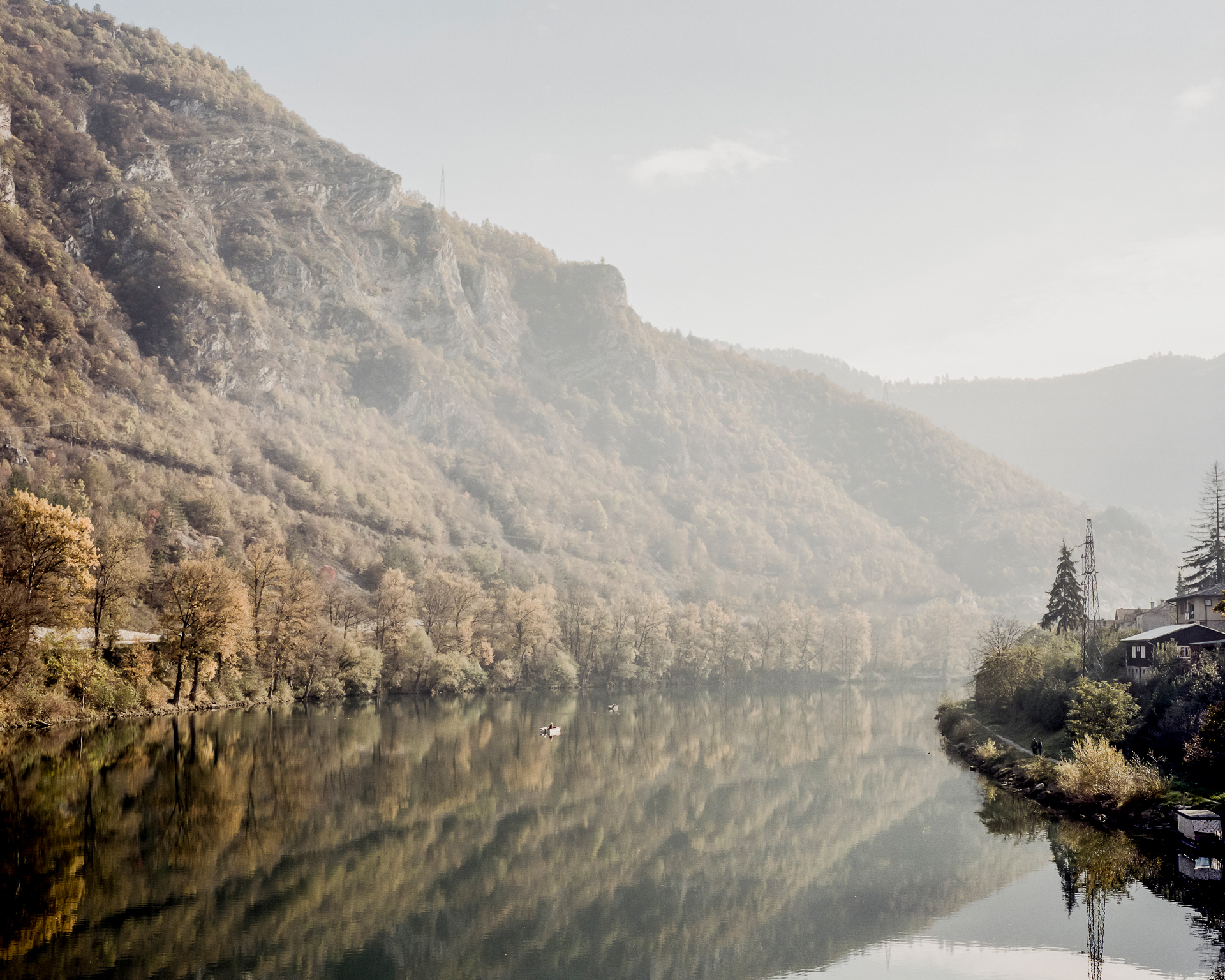
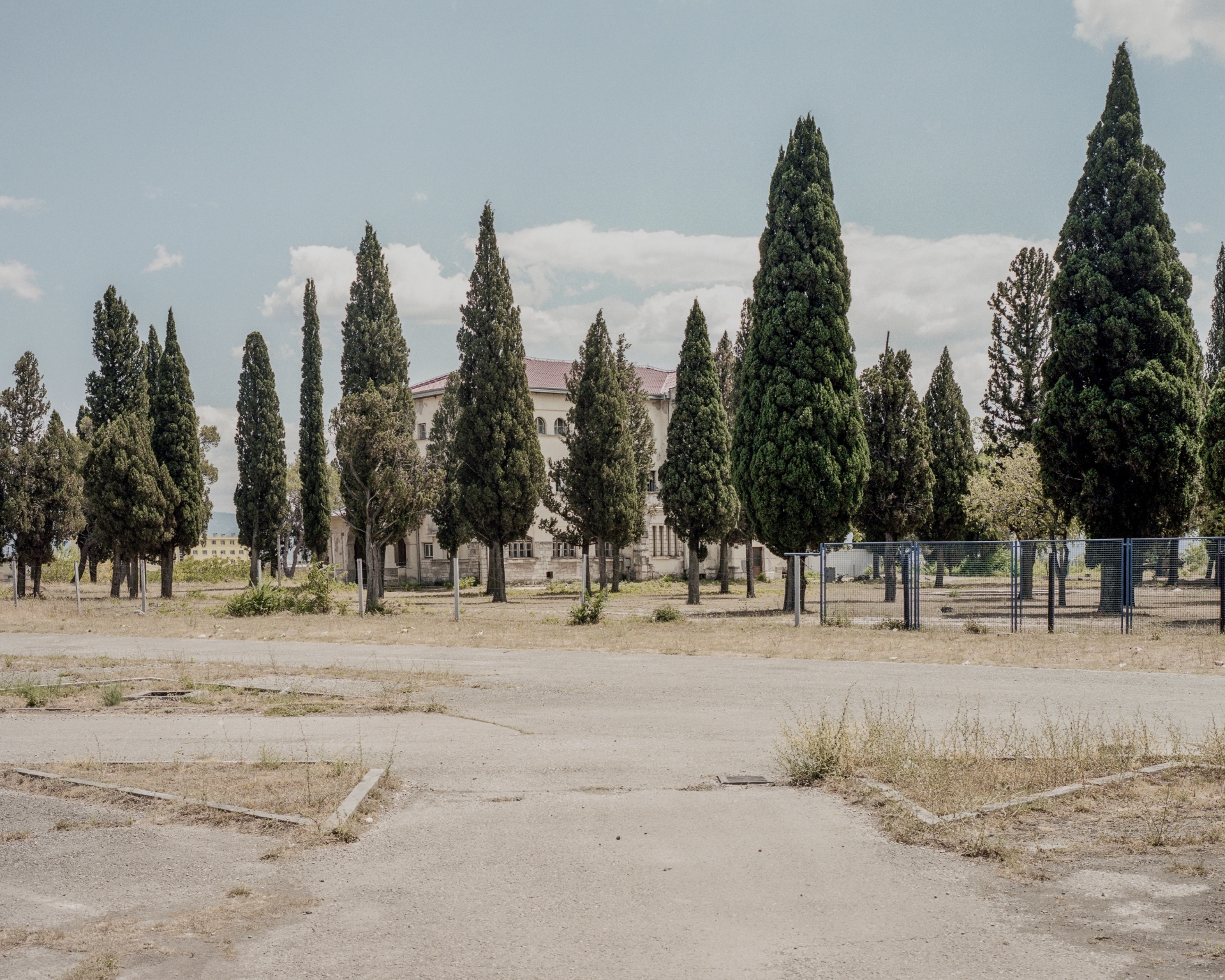
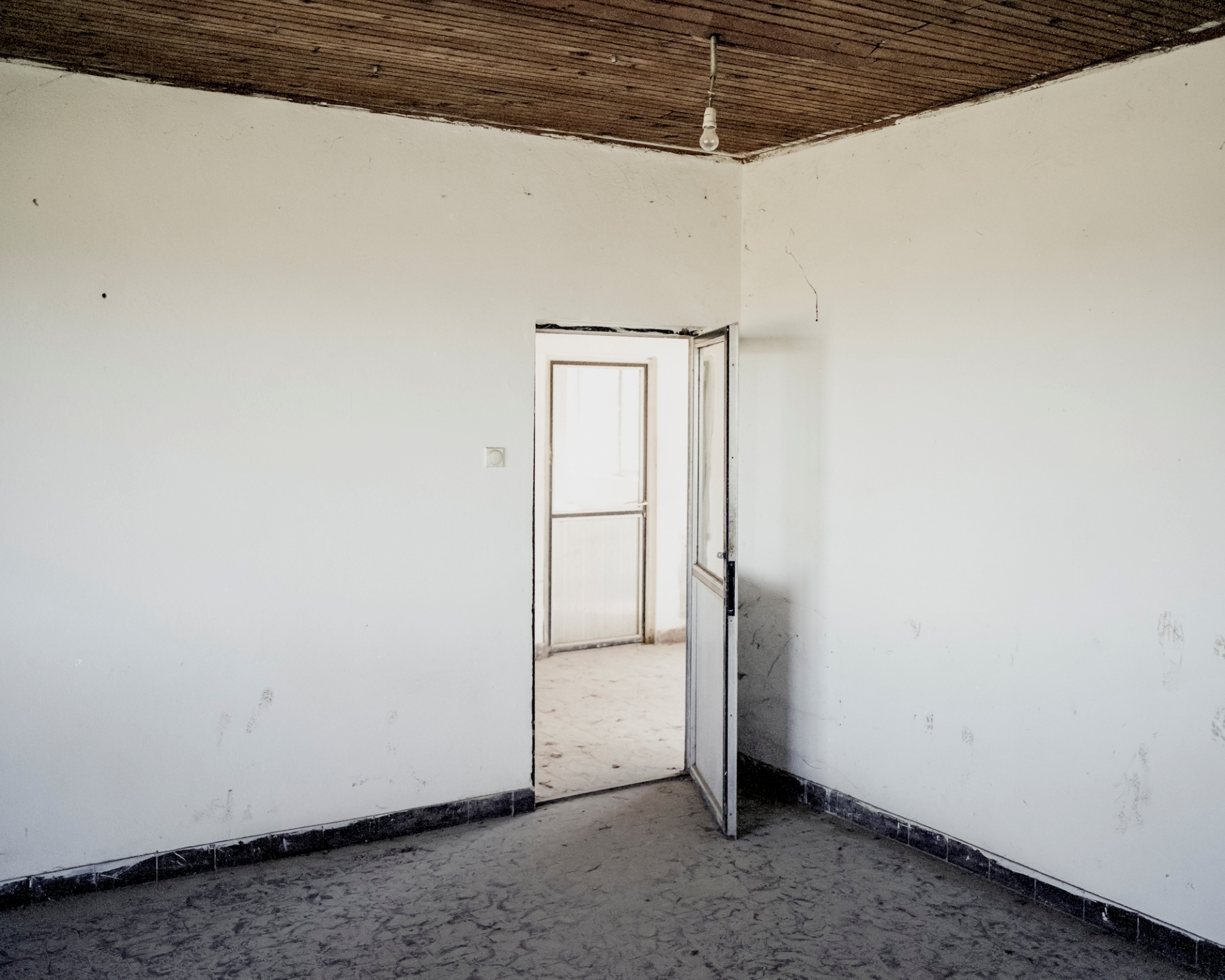
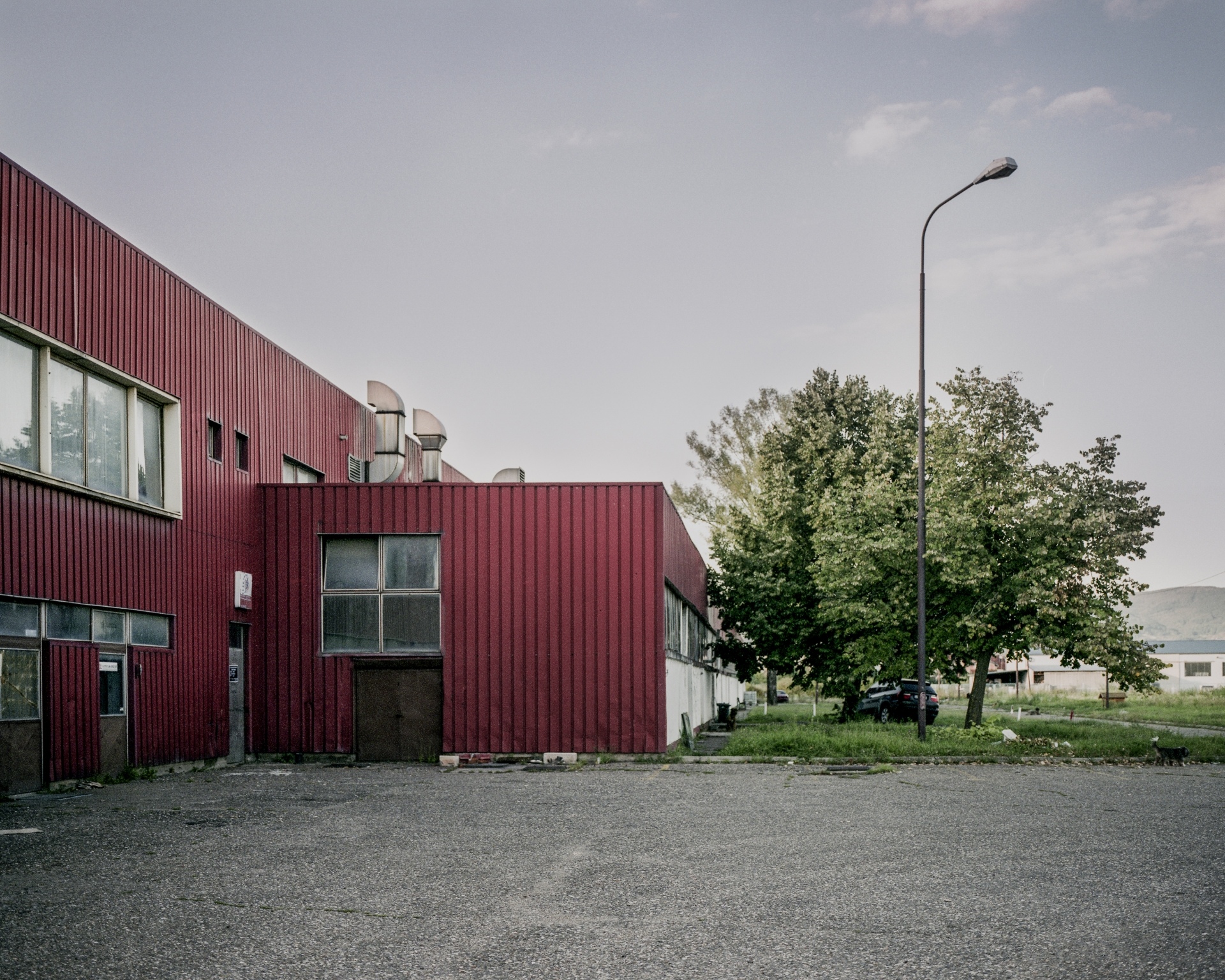
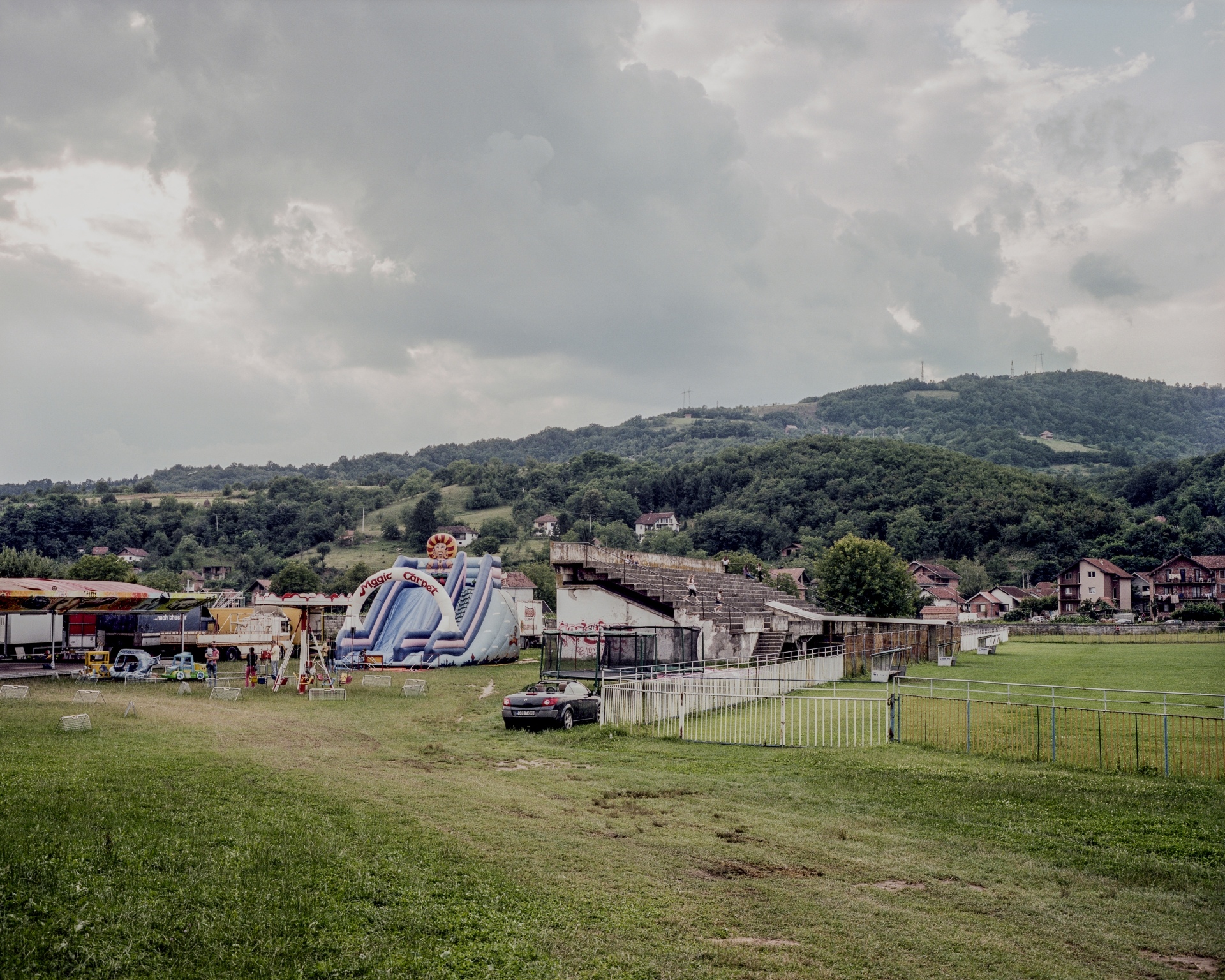
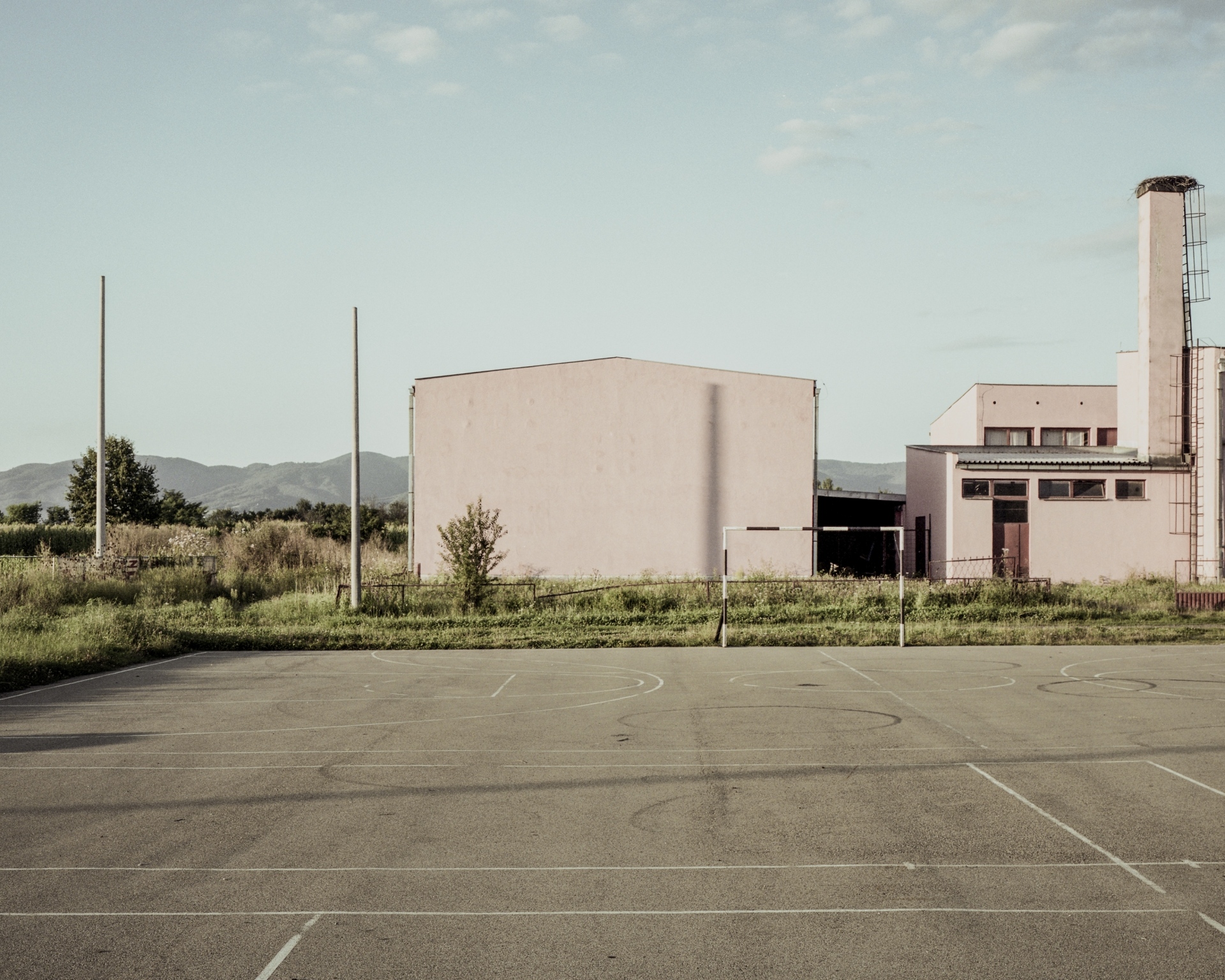
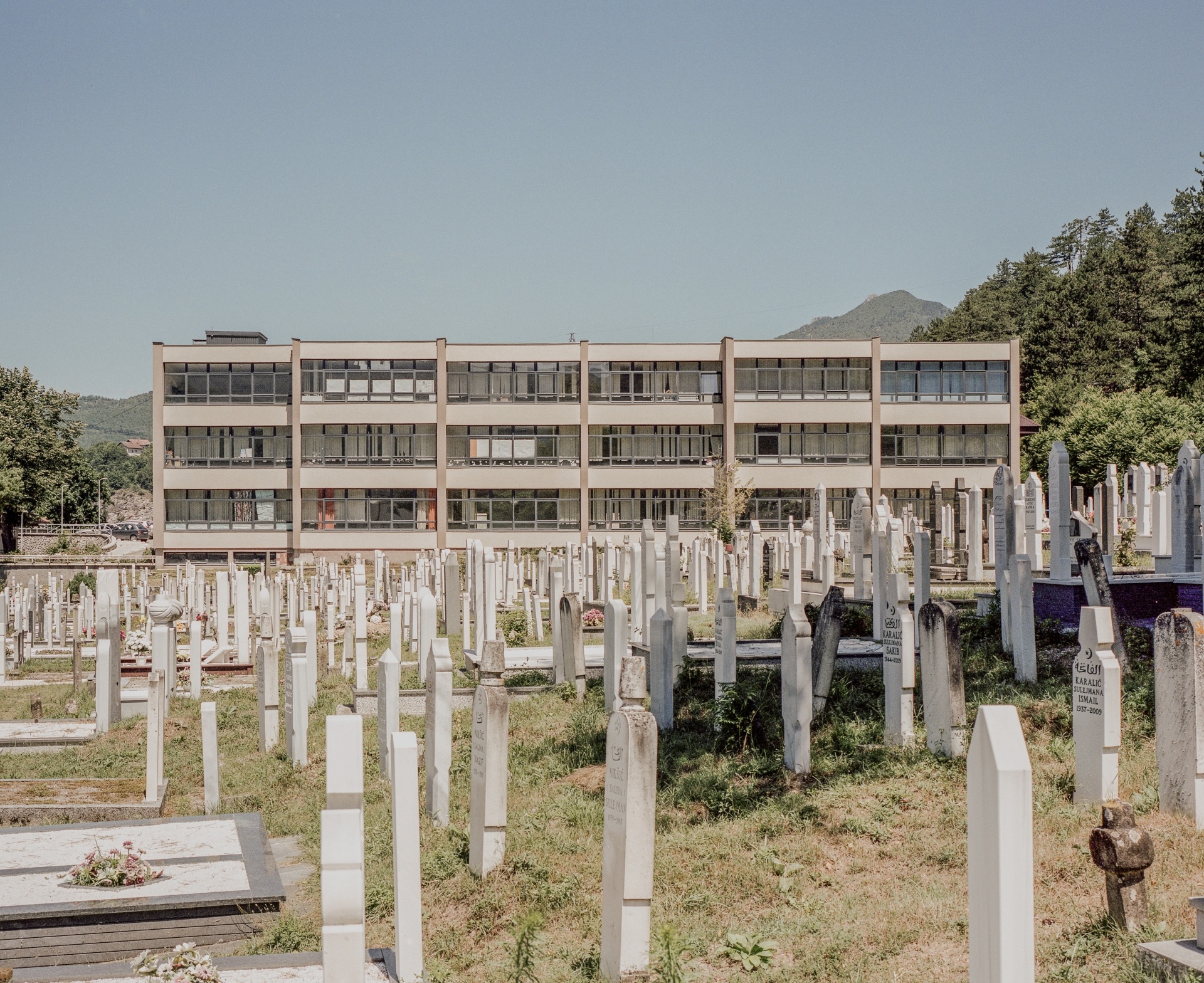
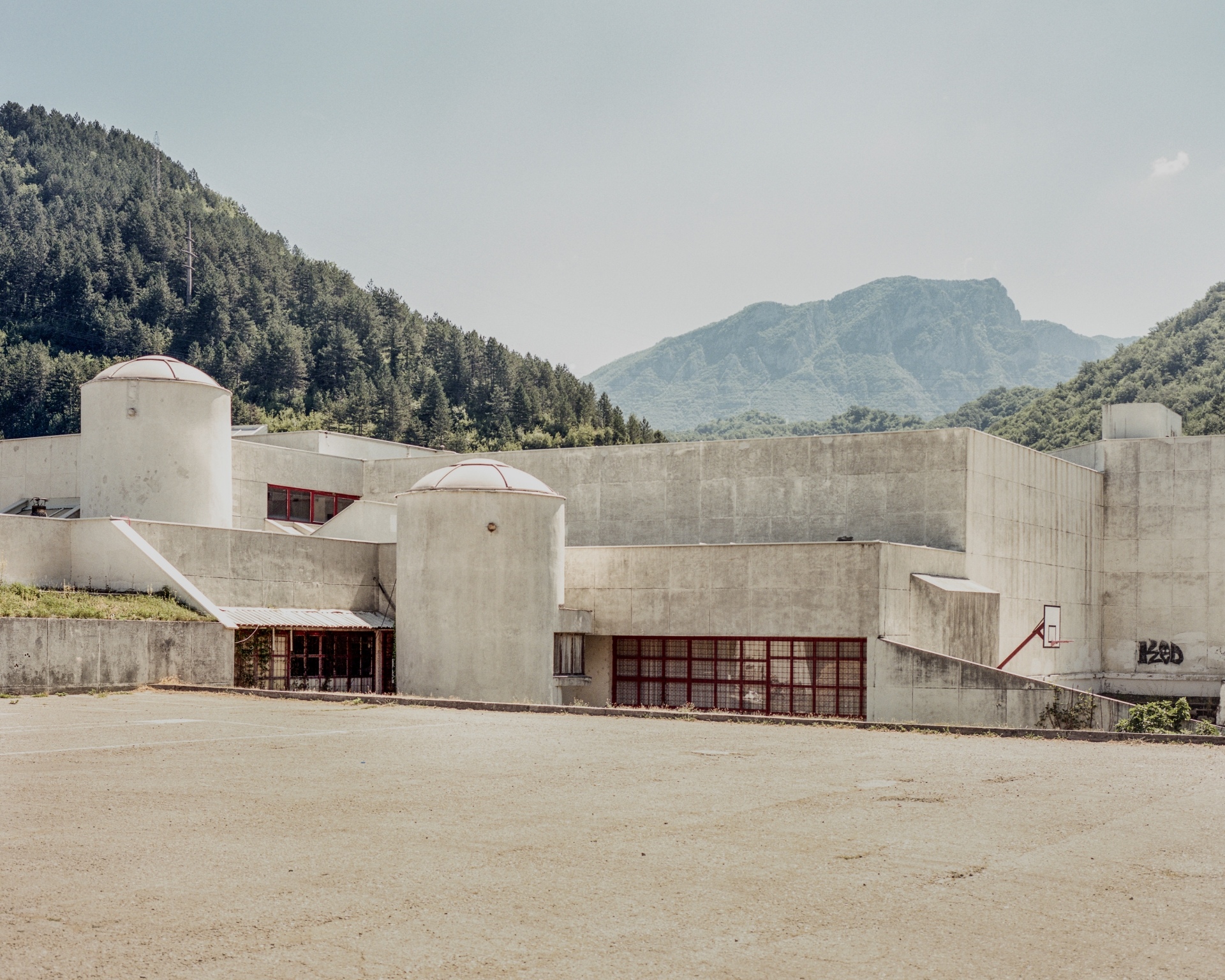
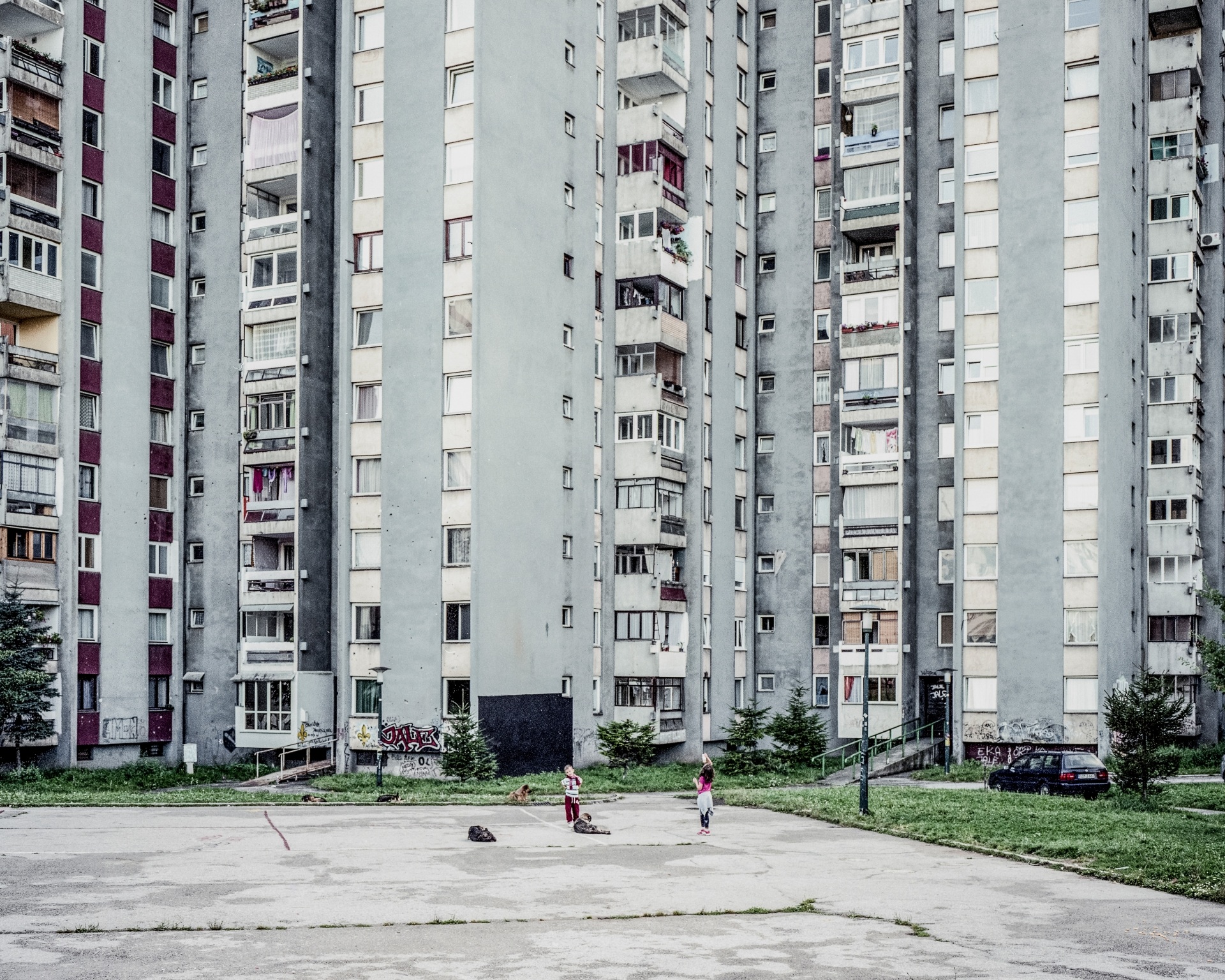
Over the course of several years, Dr. Paweł Starzec photographed locations named in the files of the International Criminal Tribunal for the former Yugoslavia. His quiet, neutral landscapes are paired with excerpts from court documents describing what happened in those exact places. The project’s restrained, minimalist narrative strikes a careful balance between image and text—restoring the erased context.
The upcoming photobook will be the culmination of previous iterations of Makeshift, including exhibitions held in 2017 and 2019, and a multimedia project developed in collaboration with Krzysztof Pijarski, Ph.D. / Associate Professor and the Visual Narratives Laboratory (vnLab) in 2020.
